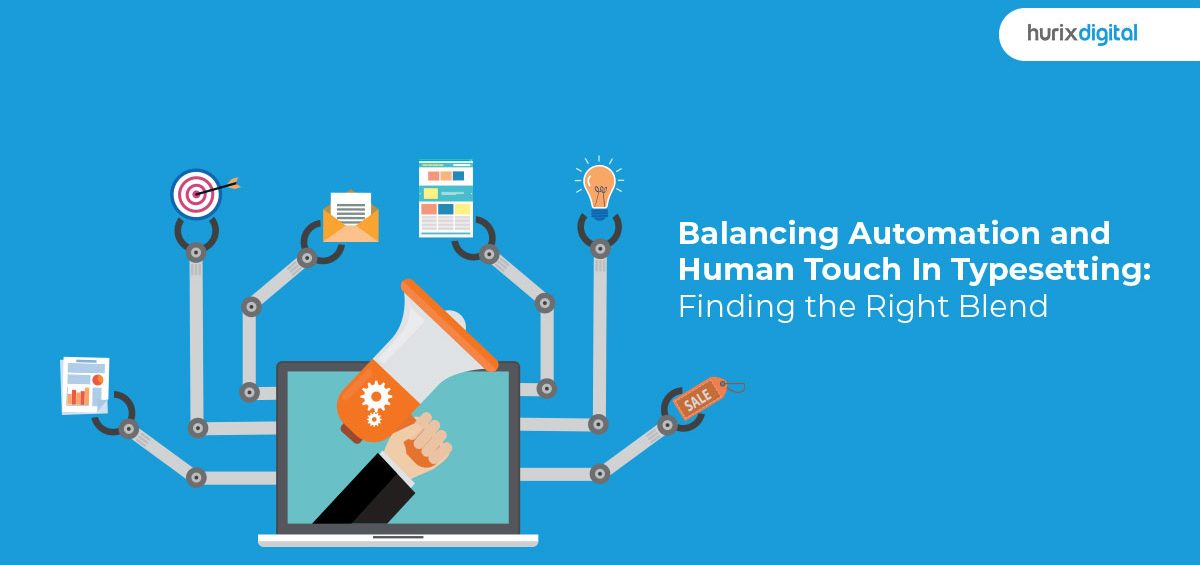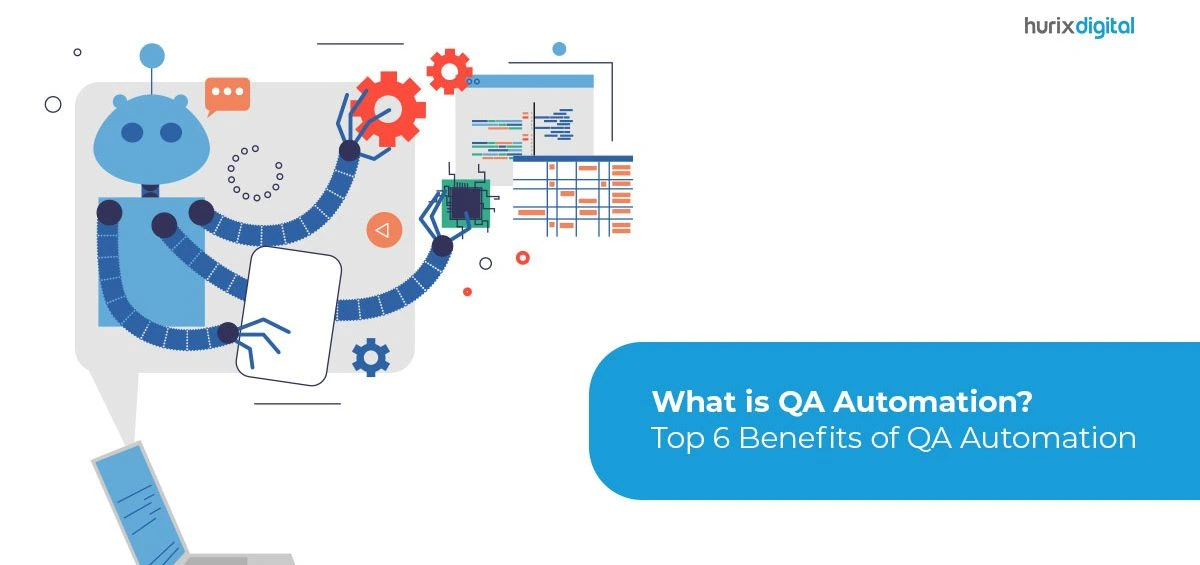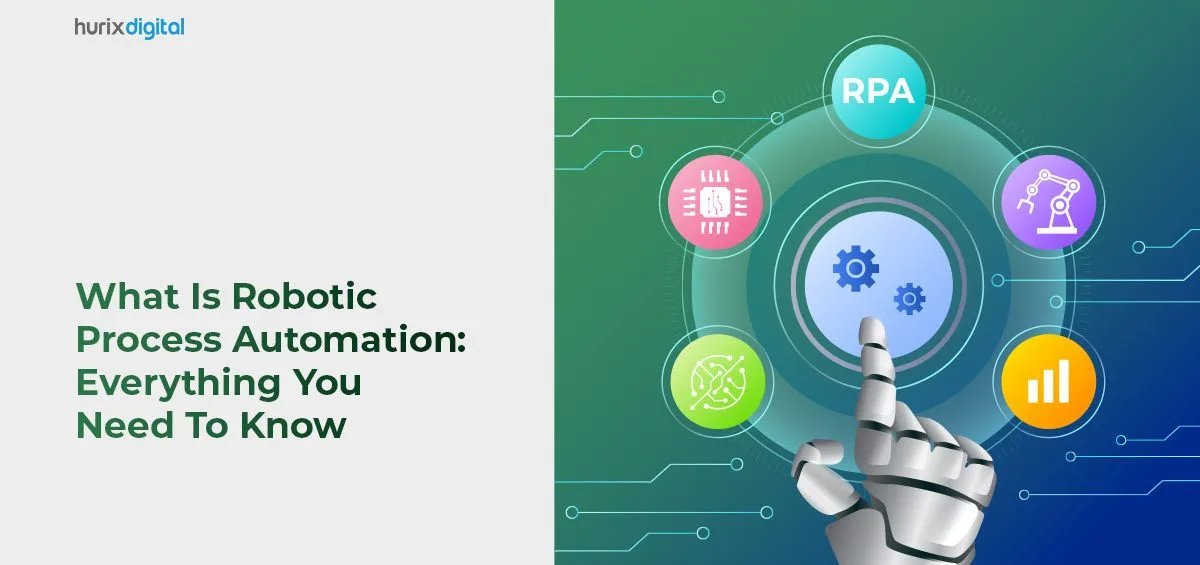Wondering what is a typesetter? Typesetting, a centuries-old discipline of organizing and formatting text, has found itself at the nexus of automation and human expertise in the quick-paced world of developing technology. The estimated value of the AI software market, encompassing NLP applications and robotic process automation, is projected to reach approximately $126 billion by 2025.
AI adoption rates experienced a remarkable growth of 2.5 times from 2017 to 2022, indicating a surge in companies harnessing the technology for streamlining workflow and process optimization. While automation introduced efficiency and speed to the process, the human touch remains indispensable in ensuring quality and creative finesse.
An often-overlooked element commands extraordinary power in the typesetting industry, where letters and pixels combine to produce engaging designs- the human touch. The human touch in typesetting lends an intangible essence that algorithms and computers cannot replicate alone, like a deft brushstroke on a canvas or a heartfelt tune in a symphony. The invisible hand gives life to the printed word, elevating it.
Professional typesetting pays close attention to the nuances of spacing, leading, and kerning, ensuring each character finds its rightful place and contributes to the composition’s overall harmony and flow. Since we find ourselves in a time of machines capable of performing intricate tasks with exceptional accuracy, it is only logical to ponder the role of human interaction in an increasingly automated landscape.
Table of Contents:
- The Intersection of Automation and Human Input In Typesetting
- The Power of Automation
- The Limitations of Automation
- The Essence of Human Touch
- Achieving The Perfect Blend
- The Future of Typesetting
- Conclusion
The Intersection of Automation and Human Input in Typesetting
Sophisticated translation tools and software can ensure accurate and efficient translations, saving you from embarrassing language blunders and streamlining the process. However, while pursuing automation, avoiding undervaluing the human touch is vital.
Typesetting companies must attain the correct balance between automation and human intervention to operate at their optimum. How do we strike the right balance between automation and the unique skills that humans bring to the table?
This article explores the typesetting definition and the importance of finding the perfect blend of automation and human touch.
The Power of Automation
Imagine a world where typesetting documents involves collaboration between automation and human ingenuity. Powerful algorithms and innovative software seamlessly coordinate the complex aspects of font selection, formatting, kerning, and line breaks. Automated typesetting entails more than arranging texts onto a page; it is about creating a visual composition that resonates with readers.
These technical wonders revolutionize the sector with lightning-fast performance and unwavering precision while saving publishers, designers, and typesetters valuable time and resources. Automation seamlessly conducts time-consuming and repetitive chores that formerly taxed the human hand. It eliminates the monotony of manual labor, allowing for more creativity and invention.
Beyond efficiency, automation assures uniformity, eradicating the mistakes that human error might cause. No more worrying about incorrect font pairings or uneven spacing. The outcome? A visually aesthetic and cohesive masterpiece.
Also Read: Top 7 Reasons to Perform Automation Testing
The Limitations of Automation
While it is easy to get carried away by the evident advantages of automation, it also has drawbacks. Automated tools fail to make nuanced judgments that demand creative thought and contextual knowledge. Typography is as much an art as a science, and the aesthetic choices involved in typesetting necessitate human input.
The subtleties of kerning, leading, and font selection often require a keen eye and creative sensibility to achieve the intended visual impact. Additionally, complicated layouts or unconventional design features that deviate from predefined templates may be challenging for automation to address.
While automated typesetting increases efficiency, it lacks the imagination and insight that only humans can provide.
The Essence of Human Touch
The human touch retains its allure amidst the technological revolution. The spark of creativity, intuitive understanding, and artistic finesse that bring life to the printed word are irreplaceable. Machines can’t replicate the unique essence of human typesetting.
Creative flair sets human typesetters apart as automation handles the mechanical aspects. Humans possess an innate ability to comprehend the intricacies of typography while being adept at exploring the design landscape.
Having real people behind your typesetting services allows well-informed decisions depending on the publication’s context, purpose, and target audience while driving better results. This personal touch adds personality and enhances readability while fostering an immersive reading experience.
Achieving the Perfect Blend
The ideal approach to typesetting lies in finding the right balance between automation and the human touch. Here are some strategies to achieve an impeccable blend:
Leveraging Automation for Repetitive Tasks
Let the machines handle mundane and monotonous tasks like formatting paragraphs, applying consistent styles, or altering line spacing. Automation can execute these aspects swiftly and accurately, allowing human typesetters to focus on more creative and strategic aspects of their work.
Human Expertise in Typography and Design
Harness the expertise of human typesetters in areas where their creative instincts and artistic eye are most evident. Typography, kerning, and layout decisions are areas where the human touch can generate a substantial impact.
Human typesetters can select fonts that evoke the right mood and adjust letter spacing to enhance readability while crafting aesthetic layouts that draw attention.
Collaboration Between Humans and Machines
Typesetting companies can leverage automation technologies to streamline workflow and support rather than replace the creative process. Automate initial layouts or font pairing suggestions, then leave the final tweaking and refining to human typesetters.
Continuous Learning and Adaptation
Typesetting is an evolving craft, and humans and machines must stay abreast of the latest developments. Human typesetters must embrace automation as a tool for their profession, constantly learning and adapting to new technologies.
The Future of Typesetting
The future of the typesetting industry holds exciting possibilities as technology continues to advance at a rapid pace. Although automation is pivotal to streamlining processes and increasing efficiency, human intervention shall remain invaluable, infusing publications with character, personality, and a profound emotional connection with readers.
If we want greater agility for our business while reaping the optimum rewards from automation, we need a blended, non-rigid approach – part human and part robot. Identifying the perfect human and machine equilibrium in typesetting is an ongoing pursuit.
It requires embracing the strengths of both automation and human expertise, fostering a collaborative environment valuing creativity and innovation. Skilled and knowledgeable typesetters are crucial to strike this delicate equilibrium, leveraging automation effectively while possessing a deep understanding of technology and typography principles.
Also Read: Top 9 Benefits of Automation Testing
Conclusion
Typesetting companies can maximize productivity without compromising quality and artistic value by combining their expertise with the power of automation. The key to achieving optimal results in typesetting is utilizing automation and personalization in harmonious collaboration without emphasizing one over the other.
Which holds greater significance, you ask? The crucial question, instead, is finding the appropriate balance between the two, a solution encompassed within the content of this blog.
Experience the transformation of your raw manuscript into a professional print-ready version with Hurix’s first-rate typesetting services. As a leading provider in the industry, our team of skilled typesetters is committed to delivering top-quality typesetting solutions to satisfy diverse typesetting needs across various domains to clients worldwide.
With a systematic approach and advanced technologies at our disposal, we organize your document with meticulous layouts, consistent styles, and precise formatting, ensuring a cohesive and visually appealing result that elevates the quality and impact of your publication.
Get in touch with us to start your typesetting automation journey.
Related Article – Balancing Automation and Human Touch in Typesetting: Finding the Right Blend











